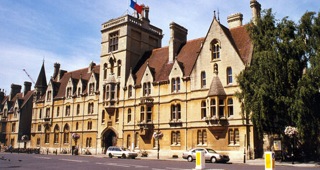Gun Control
In the United States, gun control refers to laws that regulate the sale, possession and use of fire arms and other forms of ammunition. Depending on the existing federal firearm laws, the state laws also vary in scope. The first effective Federal Gun Control was enacted in 1968 in the United States. This law was signed by President Lyndon Johnson to regulate the control of the firearm production, trade and ownership. The principal focus of this law is to control interstate trade of fire arms by prohibiting transfer except among the licensed dealers and manufacturers.
Passing of this law in 1968 was among President Johnson’s program for the great society series which was passed after the assassination of nationalists such as Malcolm X, John and Robert Kennedy as well as Martin Luther King Jr. The deaths of Martin and Malcolm X occurred after the introduction of this law but it was not fully implemented. Gun control rules could have started immediately after evidence of assassination of President John F. Kennedy went into public domain, but relative to lack of control on sale and ownership of firearms in America could not allow.
Milestone in gun control process in the United States
In 1934, USA president F. Roosevelt signed the National Firearm Act. This law targeted a massive reduction of ownership of guns through heavy taxation. This was as a result of an increase in firearm possession in the hands of the wrong persons in Post-World War I.
In 1968, Lyndon Johnson signed the famous Gun Control Act which strictly prohibited mail order purchases of rifles and shotguns. This came in the wake of assassination of Kennedys and Martin Luther King Jr. the push for gun laws was an attempt to keep felon, criminals and mentally challenged people from accessing firearms.
In 1972, the ATF bureau was created to reinforce the 1968 Gun Control Act. This was housed in the department of treasury in an effort to constantly tax guns, tobacco and alcohol.
In 1993 and 1994, the Brady handgun prevention act was signed by President Bill Clinton and the ban of assault weapon was introduced. This law instituted background checks and also banned semi-automatic assault rifles. The background of this bill came after the attempted assassination of President Ronald Reagan in 1981, although no casualties suffered in the shootout, some presidential officials were paralyzed.
Very recent, 2012 and 2013, President Obamas administration continue to insert pressure for more restrictive gun control regulations emphasizing on possible bans of high capacity ammunition magazines. This comes after a number of mass shootings in Obama’s time such as 2011 Tucson shooting and the shootings a Sandy Hook (Thomas & Chamberlain, 2012).. The future of gun control in America appears endless as criminals look for all available loop holes in law to exercise their illegal activities not only in America but also in their places in the world.


